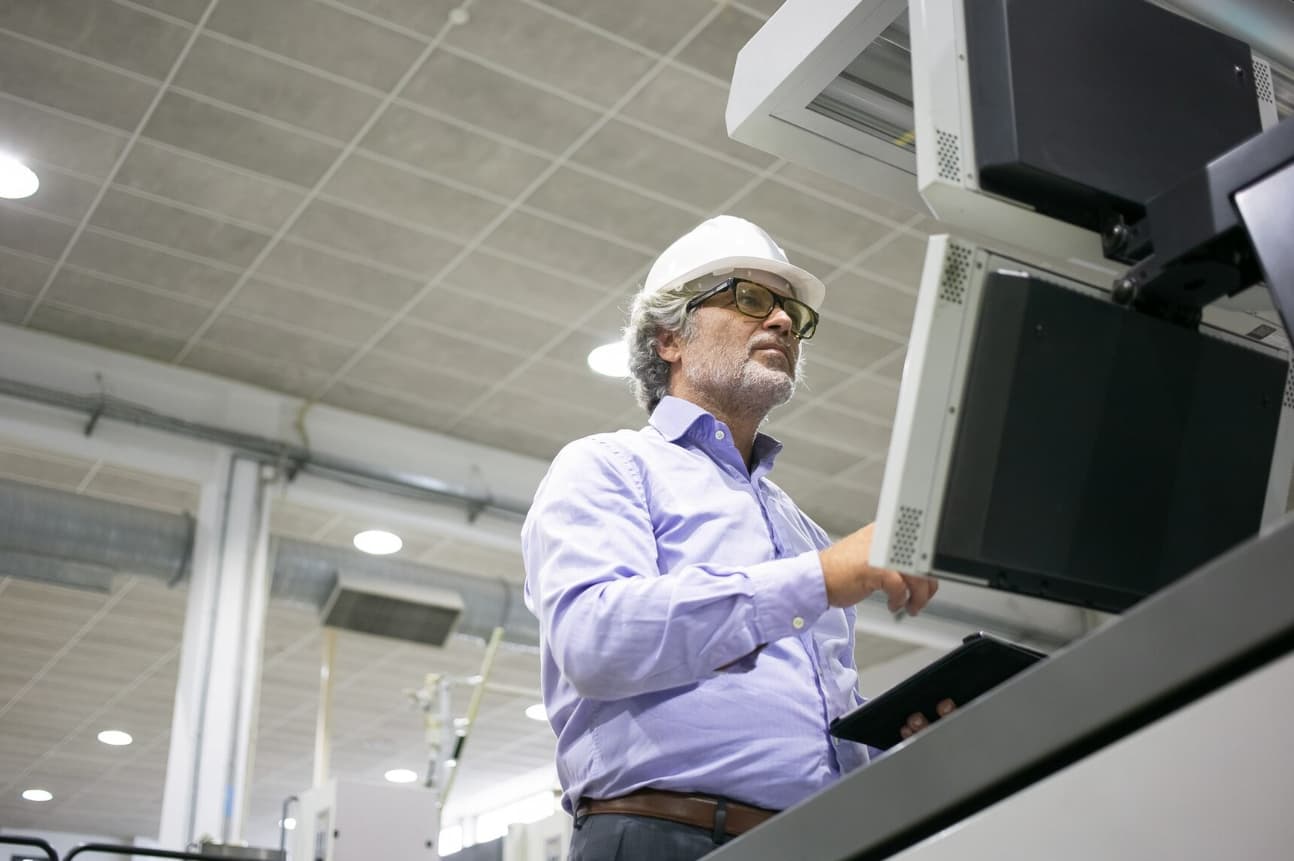Energy efficiency is critical for homeowners and business owners as rising energy costs and environmental impacts continue to make headlines.
To address these challenges, many individuals turn to HVAC professionals to conduct energy audits, a thorough process to identify opportunities to improve energy usage and reduce unnecessary consumption.
How do HVAC Professionals Conduct Energy Audits for Homes and Businesses?

We will explore how HVAC professionals conduct these audits, highlighting the steps involved, the tools they use, and the valuable insights they offer to enhance overall energy performance.
You should see Sarkinen Heating and Cooling website for more information.
The Purpose of Energy Audits
An energy audit is the foundation for optimizing energy use within a home or business. HVAC professionals conduct these audits to identify areas where energy is being wasted and where improvements can be made.
The goal is to evaluate how well the building uses energy and recommend practical steps to enhance efficiency.
By assessing the heating, cooling, ventilation, and insulation systems, professionals can pinpoint specific weaknesses that contribute to excessive energy consumption.
These audits help businesses and homeowners save money by reducing energy waste and increasing the lifespan of HVAC equipment.
Ultimately, an energy audit aims to improve comfort levels, reduce energy bills, and contribute to environmental sustainability.
Initial Assessment and Building Evaluation
When an HVAC professional arrives to conduct an energy audit, the first step involves assessing the structure of the building itself.
This includes reviewing the type of construction, the age of the building, the insulation quality, and the layout.
They will also inspect windows and doors for drafts, leaks, and other areas where air may escape or enter, leading to inefficient heating and cooling.
The professional may also check the building’s orientation relative to the sun, which can influence heating and cooling needs.
Understanding the building’s characteristics is essential for determining the potential for energy loss, allowing the auditor to provide targeted recommendations for improvement.
Inspection of HVAC Systems
Most energy audits focus on inspecting the heating, ventilation, and air conditioning systems.
HVAC professionals carefully examine these systems for signs of inefficiency, such as clogged filters, improper ductwork, or outdated equipment.
They assess the performance of the heating and cooling units by checking their age, condition, and energy usage.
By running diagnostic tests on the systems, HVAC professionals can identify if the systems are operating at their intended efficiency or if maintenance or replacement is needed.
Additionally, they will inspect the thermostat to ensure it is properly calibrated, as inaccurate readings can lead to unnecessary energy consumption.
Ensuring the HVAC systems function properly is crucial to the energy audit process.
Use of Diagnostic Tools and Equipment
To conduct a thorough energy audit, HVAC professionals utilize various diagnostic tools and equipment to identify inefficiencies that may not be visible to the naked eye.
For instance, a blower door test is often used to measure the airtightness of the building. This test helps identify areas where air leaks occur, such as gaps around windows, doors, or the attic.
Thermal imaging cameras may also detect temperature differences in the building’s walls and ceilings, pinpointing areas where insulation is lacking, or heat is escaping.
Additionally, professionals may use duct blasters or infrared thermometers to check for leaks or inefficiencies in the HVAC system.
These tools provide precise data that guide the HVAC professional in recommending improvements that can lead to significant energy savings.
Data Analysis and Recommendations
After gathering data through inspections and diagnostic tools, HVAC professionals analyze the results to develop a comprehensive report on energy consumption and areas of inefficiency.
This report often includes detailed findings regarding the building’s insulation, HVAC systems, air sealing, and other energy-related components.
The auditor will offer specific recommendations to improve energy efficiency based on the results.
These recommendations can range from upgrading to a more energy-efficient HVAC system, sealing air leaks, adding insulation, or installing smart thermostats.
HVAC professionals also help clients prioritize these recommendations, focusing on those yielding the most immediate savings or providing the highest return on investment.
Cost-Benefit Analysis of Energy Efficiency Improvements
One of the key aspects of an energy audit is helping clients understand the potential cost savings of implementing energy efficiency measures.
HVAC professionals conduct a cost-benefit analysis to help homeowners and business owners weigh the upfront costs of improvements against long-term savings on energy bills.
For example, installing new insulation or replacing an outdated air conditioning unit may involve an initial investment, but reducing energy consumption over time can lead to substantial savings.
Additionally, the professional may discuss available incentives or rebates that can offset the cost of these improvements. This analysis ensures clients decide which upgrades will provide the best value for their budget and energy goals.
Conclusion:
Energy audits conducted by HVAC professionals provide valuable insights into how homes and businesses can optimize energy use, reduce waste, and lower utility costs.
Through thorough inspections, diagnostic tests, and data analysis, these professionals identify areas of inefficiency and offer practical recommendations that can lead to long-term savings and environmental benefits.
By helping clients prioritize energy-efficient upgrades and ensuring these improvements are properly implemented, HVAC professionals contribute to both economic and ecological sustainability.
Ultimately, energy audits are a vital tool for anyone looking to improve the performance of their building, offering a path to a more efficient and cost-effective future.



